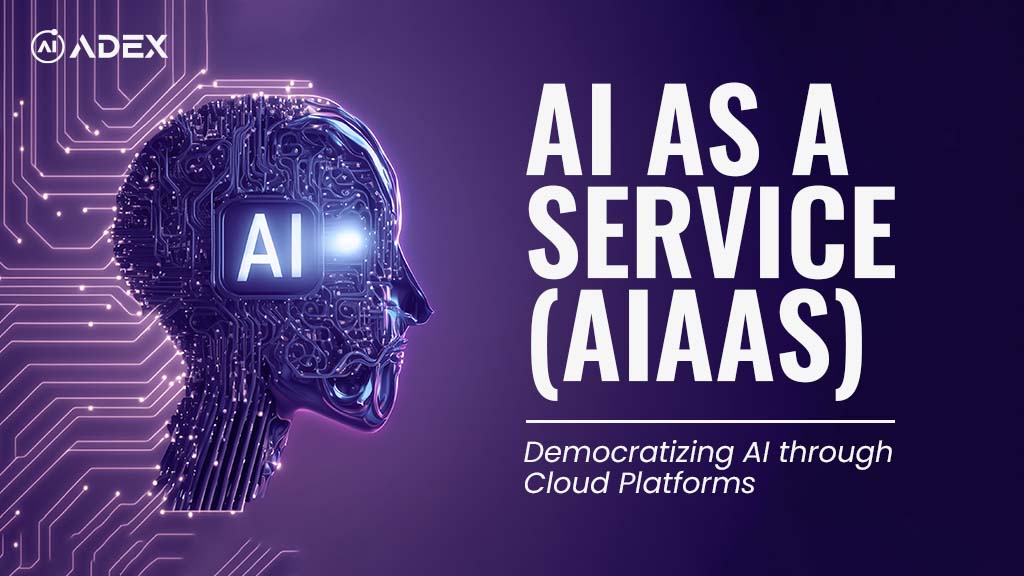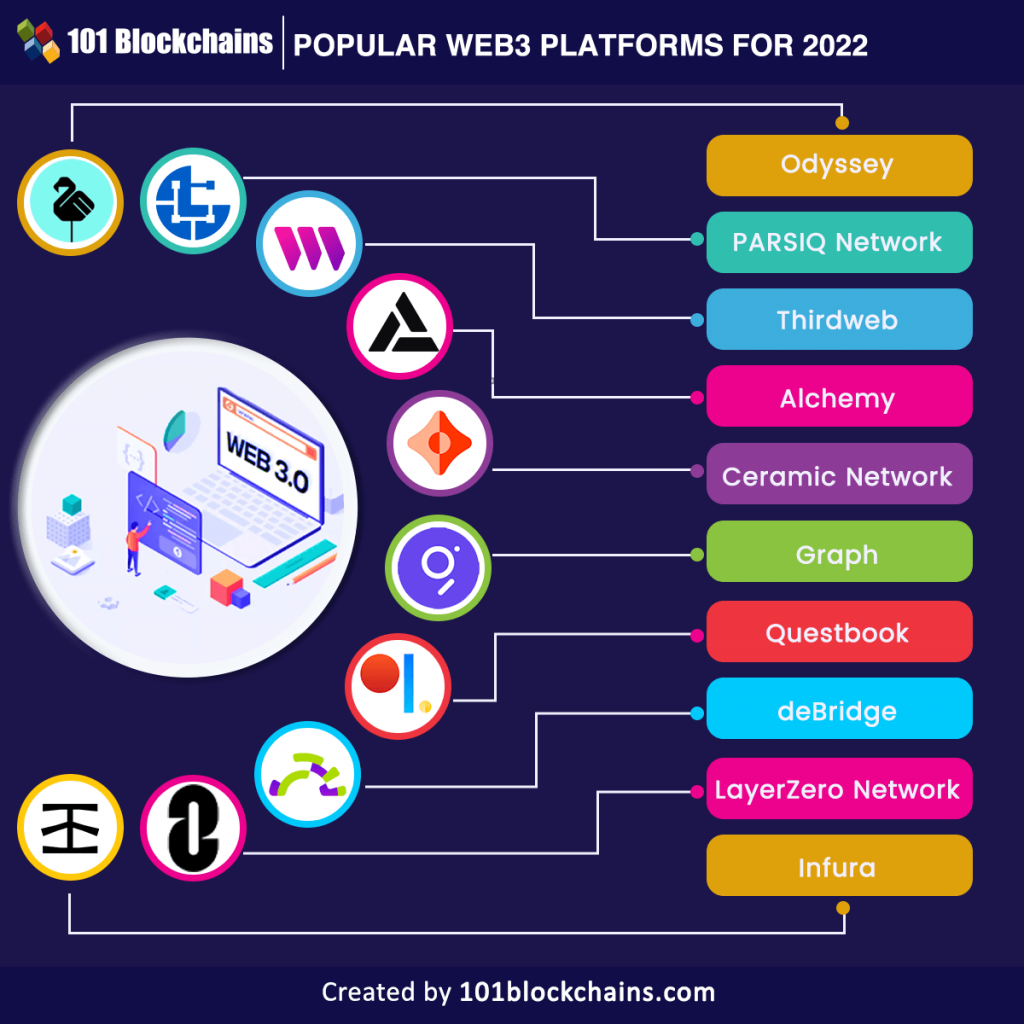
AI as a Service (AIaaS): Democratizing AI Access and Empowering Every Business
Artificial Intelligence (AI) has long been a buzzword, conjuring images of complex algorithms, data scientists in labs, and multi-million dollar projects. For many businesses, especially small and medium-sized enterprises (SMEs) and startups, the dream of harnessing AI’s power seemed out of reach due to the high costs, specialized talent requirements, and infrastructure complexities.
But what if accessing AI was as simple as subscribing to a service, much like you subscribe to email or cloud storage? Enter AI as a Service (AIaaS), a revolutionary approach that is truly democratizing AI access, making advanced AI capabilities available to anyone, anywhere, regardless of their technical expertise or budget size.
This comprehensive guide will break down AIaaS, explain why it’s a game-changer, explore its various applications, and show how it’s empowering businesses of all sizes to unlock new levels of innovation and efficiency.
What Exactly is AI as a Service (AIaaS)?
Imagine you need electricity for your home. You don’t build a power plant, generate your own power, or even maintain the power lines. You simply plug into the grid, and a utility company provides the electricity as a service.
AIaaS works on a very similar principle. Instead of building AI models from scratch, hiring expensive AI engineers, and investing in powerful computing infrastructure, businesses can subscribe to pre-built AI models and algorithms provided by third-party vendors over the internet (the cloud).
These providers, typically tech giants like Google, Amazon, Microsoft, or specialized AI companies, offer a wide range of AI capabilities through Application Programming Interfaces (APIs). Think of an API as a digital messenger that allows different software applications to talk to each other. Your business application can "ask" the AIaaS provider’s service to perform an AI task (like analyzing text for sentiment or recognizing objects in an image), and the service sends back the results.
Key characteristics of AIaaS include:
- Cloud-Based: All AI processing happens on the provider’s powerful cloud infrastructure.
- Subscription Model: Users pay a recurring fee (often based on usage) rather than a large upfront investment.
- Pre-trained Models: Many services offer AI models that are already trained on vast datasets, ready to use out-of-the-box.
- Scalability: Easily scale your AI usage up or down based on demand without worrying about hardware limitations.
- Accessibility: No need for deep AI expertise; businesses can integrate powerful AI functionalities with minimal coding.
Why AIaaS Matters: The Democratization of AI
AIaaS isn’t just a convenient way to use AI; it’s a fundamental shift that is leveling the technological playing field. Here’s why it’s so significant:
-
Cost-Effectiveness:
- Eliminates Upfront Investment: No need to buy expensive servers, GPUs, or specialized software licenses.
- Reduces Operational Costs: You don’t need to maintain complex AI infrastructure or hire a large team of highly paid AI specialists.
- Pay-as-You-Go: Many models charge based on usage (e.g., per API call, per hour of processing), making AI affordable even for small budgets.
-
Accessibility for All:
- No Deep AI Expertise Required: Businesses can leverage advanced AI without needing a team of data scientists or machine learning engineers. The complexity is handled by the service provider.
- Empowers Small Businesses & Startups: AIaaS allows smaller players to compete with larger enterprises by accessing the same powerful AI tools.
- Faster Adoption: Reduced barriers to entry mean businesses can start experimenting with and deploying AI solutions much more quickly.
-
Speed and Agility:
- Rapid Deployment: Integrate AI capabilities into existing applications or create new AI-powered solutions in days or weeks, not months or years.
- Quick Iteration: Test different AI models or approaches rapidly without significant resource commitments.
- Focus on Core Business: Businesses can concentrate on their unique products and services, leaving the heavy lifting of AI development and maintenance to the experts.
-
Scalability and Flexibility:
- Effortless Scaling: Whether you have 10 users or 10 million, AIaaS platforms can handle varying workloads seamlessly.
- Adaptability: Easily switch between different AI models or providers as your needs evolve, ensuring you always have access to the latest advancements.
-
Reduced Risk:
- Experimentation is Cheaper: Test out AI use cases with minimal financial risk before committing to large-scale deployments.
- Access to Cutting-Edge Technology: AIaaS providers continuously update and improve their models, ensuring you always have access to the latest and most accurate AI capabilities.
In essence, AIaaS takes AI out of the exclusive realm of tech giants and puts it into the hands of entrepreneurs, developers, and everyday businesses, fostering innovation across every industry.
Common Examples of AIaaS in Action
The range of AIaaS offerings is vast and constantly expanding. Here are some of the most popular types and their practical applications:
1. Natural Language Processing (NLP) as a Service
NLP allows computers to understand, interpret, and generate human language.
- Sentiment Analysis: Automatically detect the emotional tone (positive, negative, neutral) of customer reviews, social media posts, or support tickets.
- Example: A restaurant chain uses NLPaaS to analyze online reviews and quickly identify areas for improvement in service or food quality.
- Chatbots & Virtual Assistants: Power intelligent conversational agents for customer service, sales, or internal support.
- Example: An e-commerce site deploys a chatbot to answer frequently asked questions, guide customers through purchases, and resolve basic issues 24/7.
- Text Summarization: Automatically condense long documents, articles, or reports into concise summaries.
- Language Translation: Translate text or speech between different languages in real-time.
2. Computer Vision (CV) as a Service
Computer Vision enables computers to "see" and interpret visual information from images and videos.
- Object Recognition: Identify and classify objects within images or video streams.
- Example: A retail store uses CVaaS to analyze shelf inventory, identify empty spaces, and flag products that need restocking.
- Facial Recognition: Identify individuals or detect emotions from faces. (Often used in security and access control, with ethical considerations).
- Image Moderation: Automatically detect inappropriate or harmful content in user-generated images.
- Optical Character Recognition (OCR): Extract text from images, like scanning invoices or forms.
- Example: A financial institution uses OCR to automate data entry from scanned loan applications.
3. Machine Learning (ML) as a Service (MLaaS)
MLaaS provides access to general machine learning models that can be trained on your own data for predictive analytics, recommendations, and more.
- Predictive Analytics: Forecast future trends, customer behavior, or operational outcomes.
- Example: A marketing team uses MLaaS to predict which customers are most likely to churn or respond to a specific campaign.
- Recommendation Engines: Suggest products, services, or content based on user preferences and past behavior.
- Example: A streaming service uses MLaaS to recommend movies and shows to individual users, increasing engagement.
- Fraud Detection: Identify suspicious transactions or activities in real-time.
4. Voice AI as a Service
Focuses on speech recognition and synthesis.
- Speech-to-Text: Convert spoken words into written text.
- Example: A healthcare provider uses speech-to-text to transcribe doctor-patient conversations for record-keeping.
- Text-to-Speech: Convert written text into natural-sounding spoken words.
- Example: A news app uses text-to-speech to offer audio versions of articles for listeners.
5. Generative AI as a Service
One of the newest and most exciting areas, enabling AI to create new content.
- Content Generation: Generate articles, marketing copy, social media posts, or product descriptions.
- Example: A small marketing agency uses Generative AIaaS to quickly draft multiple variations of ad copy for different campaigns.
- Image/Art Generation: Create unique images, illustrations, or design elements from text prompts.
- Code Generation: Assist developers by generating code snippets or suggesting improvements.
Who Benefits Most from AIaaS?
While AIaaS offers advantages to nearly every type of organization, certain groups stand to gain immensely:
- Small and Medium-sized Businesses (SMBs): Without the budget for in-house AI teams or infrastructure, SMBs can now leverage sophisticated AI to optimize operations, enhance customer experience, and innovate.
- Startups: AIaaS provides a cost-effective way for startups to embed cutting-edge AI into their products from day one, allowing them to rapidly prototype and scale without massive initial investment.
- Developers & IT Teams: AIaaS simplifies the integration of AI capabilities, freeing developers from complex model training and infrastructure management. They can focus on building core applications.
- Non-Technical Business Users: With user-friendly interfaces and low-code/no-code platforms built on top of AIaaS, even those without programming skills can configure and utilize AI tools.
- Large Enterprises: While large companies might have in-house AI teams, they often use AIaaS for specific tasks, rapid prototyping, or to access specialized models that are too niche to develop internally. It can also help them decentralize AI initiatives across different departments.
Choosing the Right AIaaS Provider
With numerous providers offering AIaaS, selecting the right one depends on your specific needs. Key considerations include:
- Specific AI Capabilities: Does the provider offer the exact AI models (e.g., specific type of NLP, computer vision, or predictive analytics) you need?
- Accuracy and Performance: Research the quality and accuracy of their pre-trained models.
- Pricing Model: Understand the cost structure (per API call, per usage unit, subscription tiers) and how it aligns with your budget and anticipated usage.
- Ease of Integration (APIs & SDKs): How easy is it to connect the AI service with your existing applications or platforms? Look for well-documented APIs and Software Development Kits (SDKs) for your preferred programming languages.
- Scalability: Can the service handle your anticipated growth in usage?
- Security & Data Privacy: How does the provider handle your data? Ensure compliance with relevant regulations (e.g., GDPR, HIPAA) if applicable.
- Support & Documentation: Is there robust documentation, tutorials, and responsive customer support available?
- Customization Options: Can you fine-tune or retrain models with your own data for better performance?
- Ecosystem & Integrations: Does the provider offer other cloud services that you might need, or does it integrate well with other tools you use?
Major players in the AIaaS space include Amazon Web Services (AWS) AI, Google Cloud AI, Microsoft Azure AI, IBM Watson, and various specialized providers for specific AI domains.
The Future of AIaaS
The trajectory of AIaaS is one of rapid expansion and increasing sophistication. We can expect:
- More Specialized Offerings: Beyond general AI, highly specialized AIaaS solutions tailored for specific industries (e.g., healthcare AIaaS, legal AIaaS, manufacturing AIaaS) will emerge.
- Enhanced Customization: Tools for users to easily fine-tune and personalize pre-built models with their own data will become more prevalent.
- Low-Code/No-Code AI: Even simpler interfaces will allow non-developers to build and deploy AI applications with minimal or no coding.
- Ethical AI Considerations: As AI becomes more pervasive, providers will increasingly focus on building and offering AI models that are transparent, fair, and responsible.
- Edge AIaaS: AI processing moving closer to the data source (e.g., on devices like cameras or sensors) will become more integrated with cloud AIaaS.
Conclusion: Empowering the AI Revolution
AI as a Service is more than just a convenient technology; it’s a powerful force for democratization. By abstracting away the complexity and cost of AI development, AIaaS is empowering businesses of all sizes to innovate faster, optimize operations, and create more intelligent products and services.
Whether you’re a startup looking to embed cutting-edge AI into your first product, an SMB aiming to automate customer service, or a large enterprise seeking to accelerate specific projects, AIaaS offers an accessible, scalable, and cost-effective pathway to harnessing the transformative power of Artificial Intelligence. The future of business is intelligent, and with AIaaS, that future is now within everyone’s reach.
Frequently Asked Questions (FAQs) about AI as a Service (AIaaS)
Q1: Is AIaaS the same as SaaS (Software as a Service)?
A1: AIaaS is a subset of SaaS. While all AIaaS solutions are delivered as a service over the internet (like SaaS), AIaaS specifically focuses on providing artificial intelligence capabilities (like machine learning models, NLP, computer vision, etc.) rather than general software applications (like email or CRM).
Q2: Do I need coding skills to use AIaaS?
A2: It depends on the specific AIaaS offering. Many providers offer APIs that require some coding knowledge to integrate into your applications. However, a growing number of AIaaS platforms are offering "low-code" or "no-code" interfaces that allow business users to configure and deploy AI solutions without writing any code.
Q3: Is AIaaS expensive for small businesses?
A3: Generally, no. One of the biggest advantages of AIaaS is its cost-effectiveness. Most providers offer pay-as-you-go or tiered subscription models, meaning you only pay for what you use. This significantly reduces the upfront investment and ongoing costs compared to building AI capabilities in-house, making it highly accessible for small businesses.
Q4: How secure is my data with AIaaS providers?
A4: Reputable AIaaS providers (like Google, Amazon, Microsoft) invest heavily in security measures, data encryption, and compliance with global data privacy regulations (e.g., GDPR, CCPA). However, it’s crucial to review the provider’s security policies and data handling practices to ensure they meet your specific industry and regulatory requirements.
Q5: Can I customize AI models with AIaaS?
A5: Many AIaaS platforms offer options for customization. While some basic services are fully pre-trained, more advanced offerings allow you to fine-tune existing models with your own data, or even train entirely new models using the provider’s infrastructure and tools. This allows the AI to become more accurate and relevant to your specific business context.



Post Comment